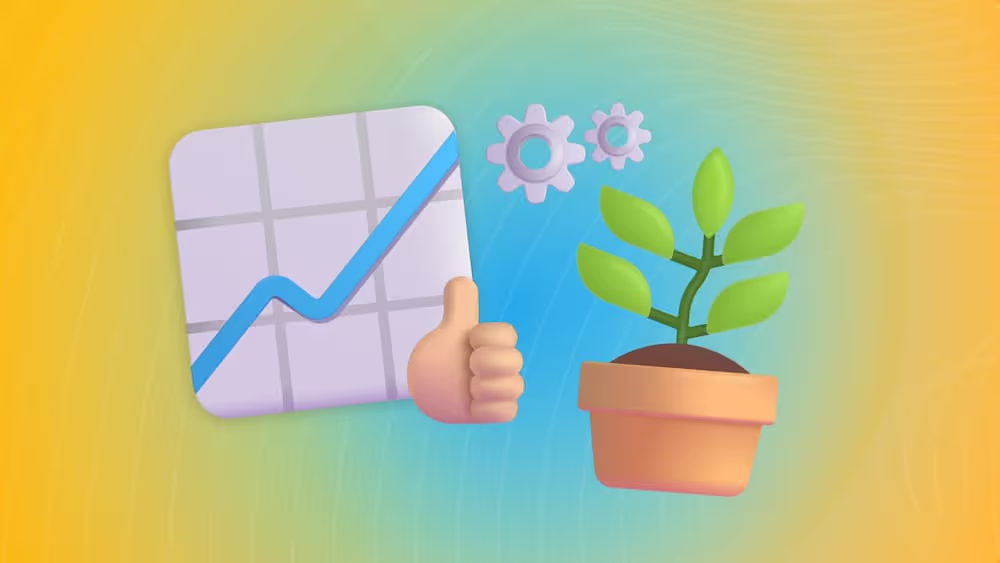Creating Custom Templates in Microsoft Lists
Create a list you love and want to use again? Save time by using an existing list you’ve created as a template for a new one.
Intro
Microsoft Lists allows users to organize information and create lists that work for them. Lists can be stored, shared, or collaborated on with others. From issue tracking to itinerary management, Lists has a large variety of uses and is very customizable. For people starting with lists, there are several great templates provided by Microsoft. These templates provide solutions to a lot of the top use cases for the Lists app. As users dive deeper into the app, they’ll likely develop their own preferred setup and format. Microsoft allows you to save any List you’ve created as a template so that you can use that same format in the future. Today, we’re going to walkthrough how a custom list can be created and used.
NOTE: If you are looking to be able to create custom templates that can be used across your organization, that won't be covered here. For more details check out here.
Create a New List
To create a template, you first need a list. You might have one that you’ve already developed, but if you don’t, it’s easy to create a new one. Just click `New list` from the Lists home page:
.png)
From here, you can create a list from scratch, or use a template. Customizing a template is an option for creating your template. It doesn’t matter how you start, you will be able to create a template from the list.
.png)
For this example, I created a simple “Project Closeout Checklist”. I’ve edited my columns, colors, and rows all how I would like them to be.
.png)
Now that I’ve completed my list, it can remain stored and used as I originally intended. Since this is a standard checklist I can use in the future after each project, I’m going to use it as a template for a new list.
Creating a New List From an Existing One
You cannot directly save a list you’ve created as a template. However, when creating a new list, you can create `From existing list` which allows you to use an existing lists’ format. Simply select this option after hitting, `create a new list:`.
.png)
From here, Microsoft Lists will populate all lists you’ve created, or that exist within Teams that you have access to. Select the one you’d like to use. Continuing from the example above, I’m selecting my `Project Closeout Checklist`, as if I have a different project to now closeout:
.png)
Next, you can name the list, choose a color and an icon as well as a location to save the list. This is just like you would if creating a new list from scratch:
.png)
Once you hit create, the list will show up ready to edit. Creating lists this way does not copy over any content from the existing list, just the columns, format, and settings. For my “Project Closeout Checklist”, compared to my original (above), it looks like a blank list, but with the format of the existing list I used as a template:
.png)
Conclusion
Creating lists from an existing list is a great way to save time. Knowing I can reuse the design of a list for a future list makes my time spent customizing lists in ways that work best for me time well spent.

SELF ASSESSMENT
Is your business getting full value from your M365 subscription?
Billions of dollars are wasted each year on underused subscriptions. Take 3 minutes to find out where your tools are driving results, and where they’re holding you back.
Find Out Now

Is Team Communication Holding You Back?
Find Out in Just 2 Minutes.
Take our quick scorecard to uncover communication gaps and hidden barriers within your team.

.avif)



.avif)









